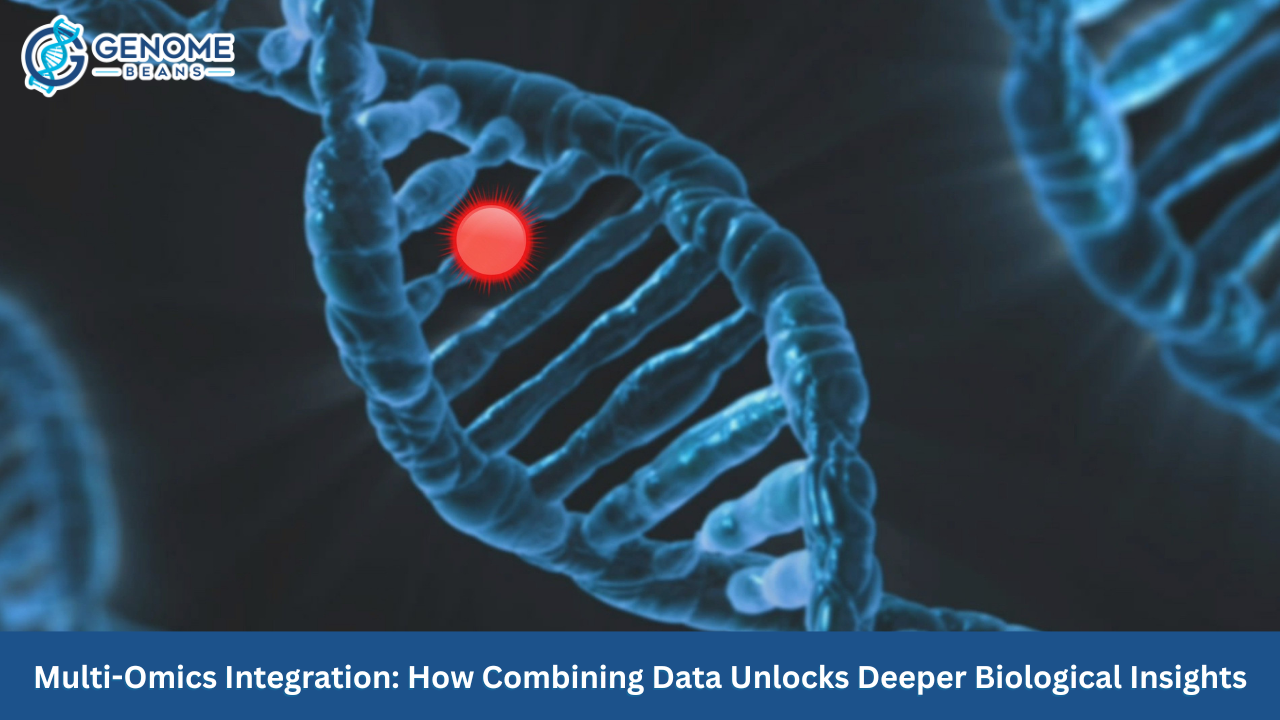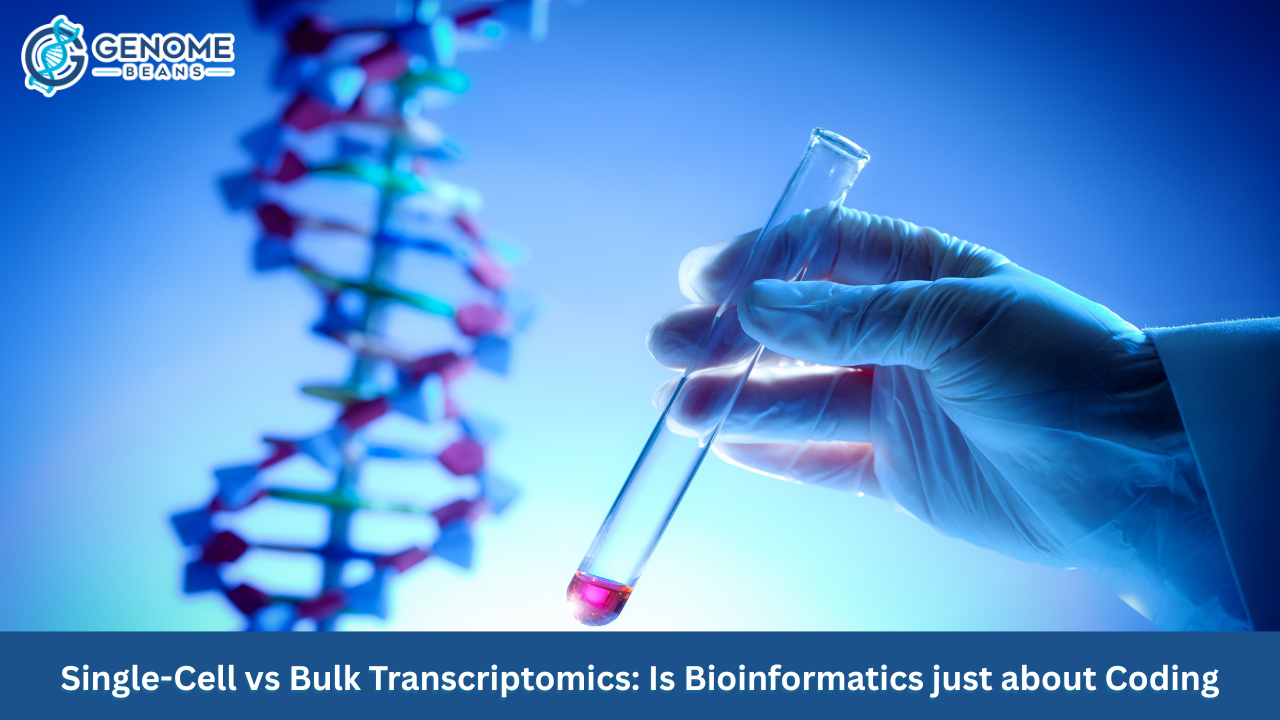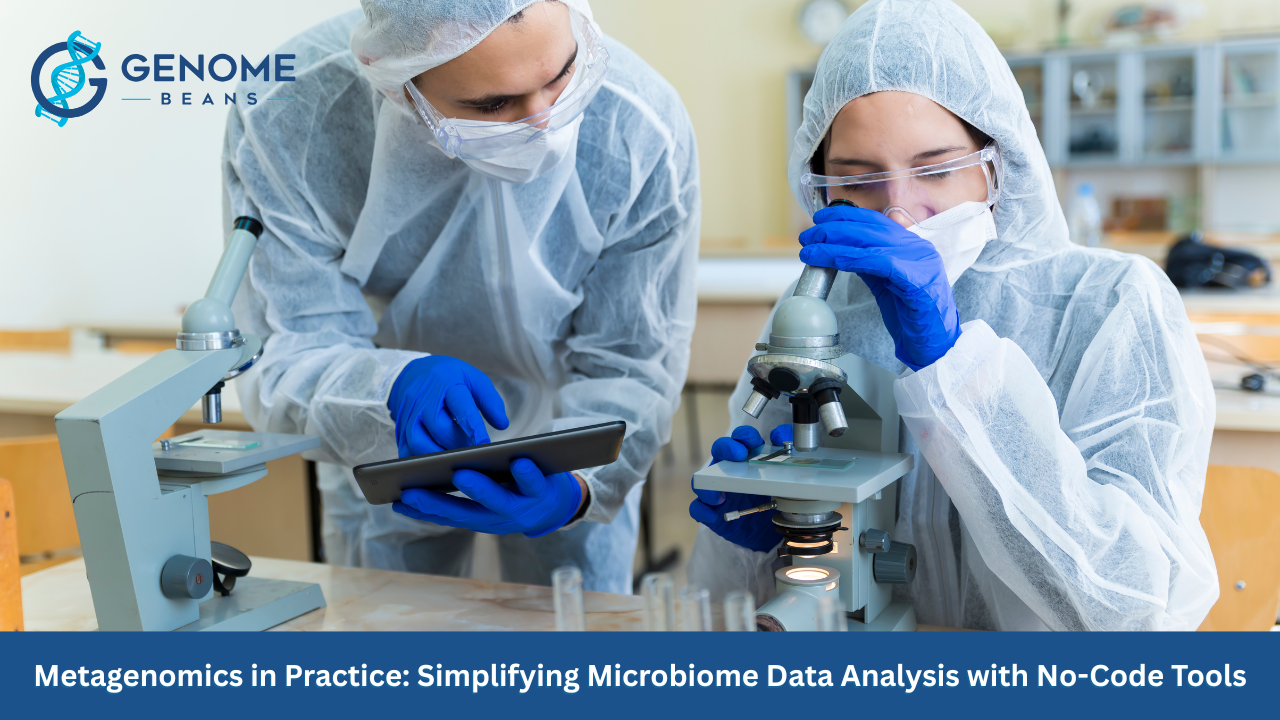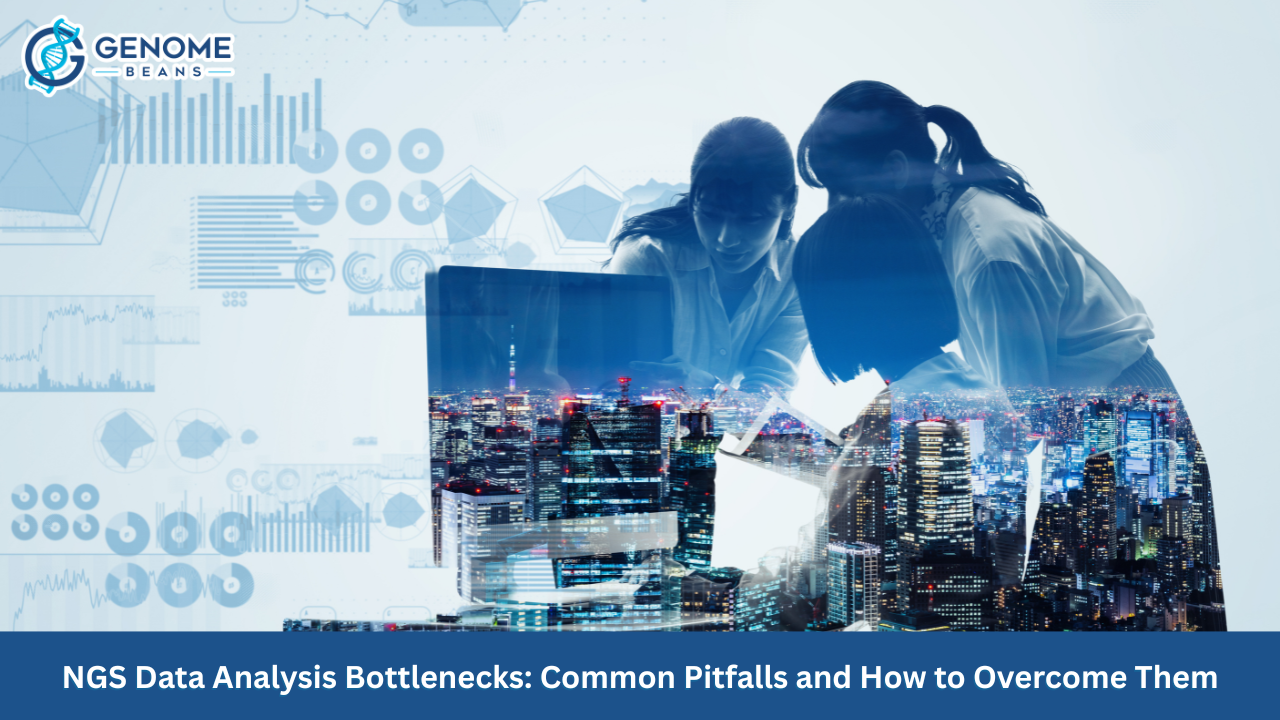What Makes GenomeBeans Different from Traditional NGS Tools?
Key Takeaways:
- Traditional NGS tools demand coding and heavy infrastructure.
- GenomeBeans offers a no-code, cloud-first platform.
- Standardized pipelines ensure reproducibility.
- Built-in variant visualization accelerates insights.
- Collaboration tools simplify cross-lab teamwork.
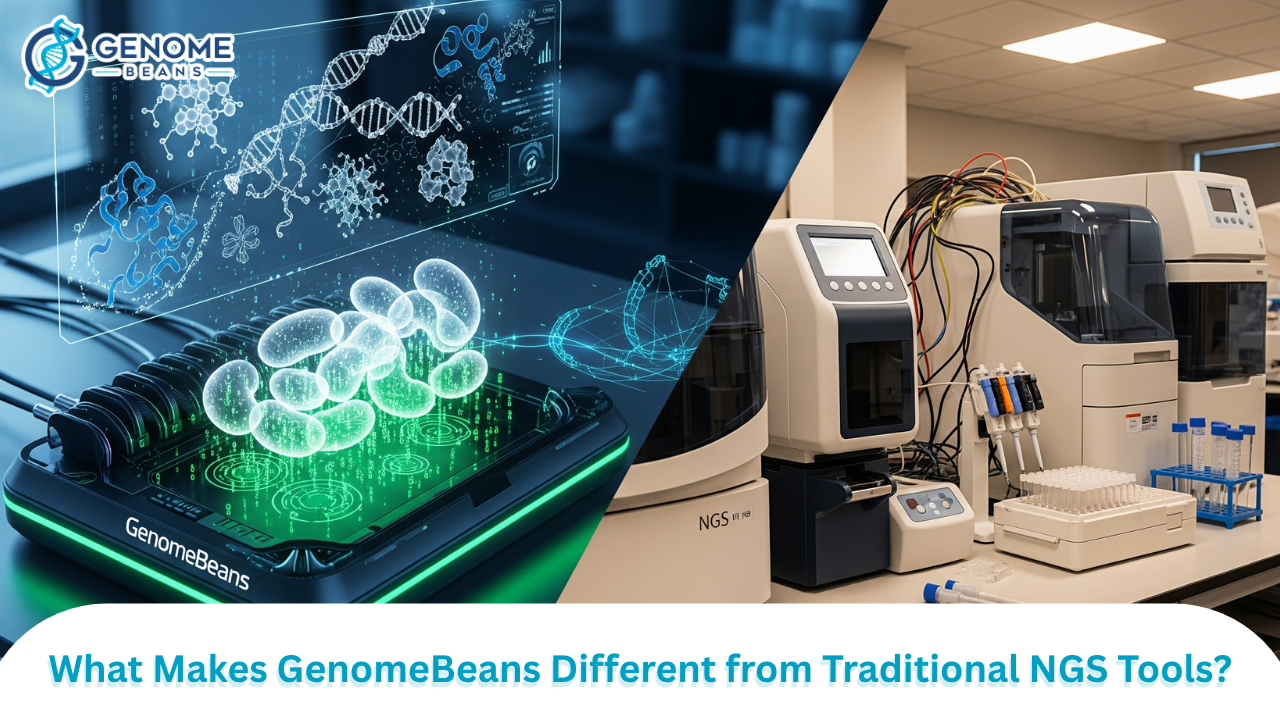
Next-Generation Sequencing (NGS) is central to modern biology, but analyzing raw data often remains challenging. Tools like SAMtools or GATK are powerful, yet they demand coding expertise, custom scripting, and high-end infrastructure—barriers for many researchers.
Simplifying Traditional NGS Tools
GenomeBeans eliminates these hurdles with a visual, no-code interface. Researchers can upload data, select workflows, and interpret results without programming. Being cloud-based, it also scales effortlessly without the need for local servers or IT support.
Standardization for Reproducibility
Traditional tools offer flexibility but risk inconsistencies across runs. GenomeBeans provides pre-validated, standardized pipelines for RNA-seq, metagenomics, and variant calling, ensuring reproducibility while still allowing controlled customization.
Integration and Automation
Instead of chaining multiple tools, GenomeBeans integrates quality control, alignment, quantification, and visualization into a single automated workflow. This reduces manual steps, errors, and time spent troubleshooting.
Variant-Level Insights
GenomeBeans goes beyond standard workflows by offering variant-focused visualizations—for example, identifying the top 10 mutated genes or summarizing tumor mutation burden (TMB). These insights make it easier for researchers to connect raw sequencing data with biological meaning and clinical relevance.
Collaboration Made Simple
With project sharing, version history, and annotations, GenomeBeans supports cross-lab and interdisciplinary teamwork, streamlining research communication and ensuring transparency.
Conclusion
GenomeBeans reimagines NGS workflows by making them accessible, reproducible, and collaborative—while traditional tools remain powerful for highly customized use cases.



